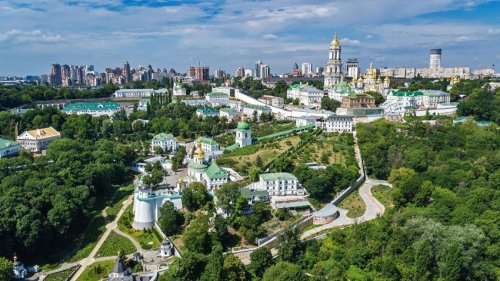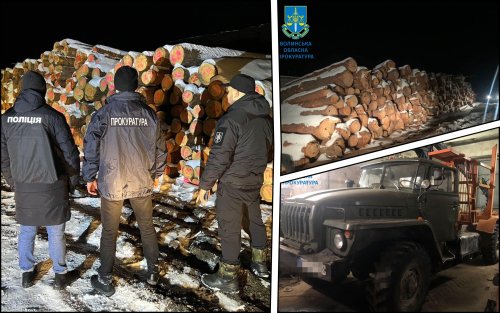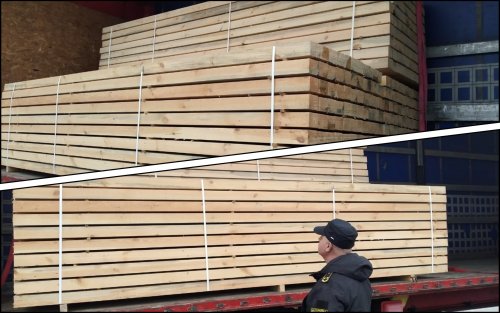In the Carpathians, 426,000 hectares of European spruce dry out, one third of which falls on the Transcarpathian region.
One of the reasons for this disaster was an increase in average temperatures by 1-2°C, the Carpathian Forest Office reports on Facebook.
The report explained that spruce is a northern breed that grows at low temperatures and moderate humidity. It makes up about 40% of the total number of trees in the Carpathian forests.
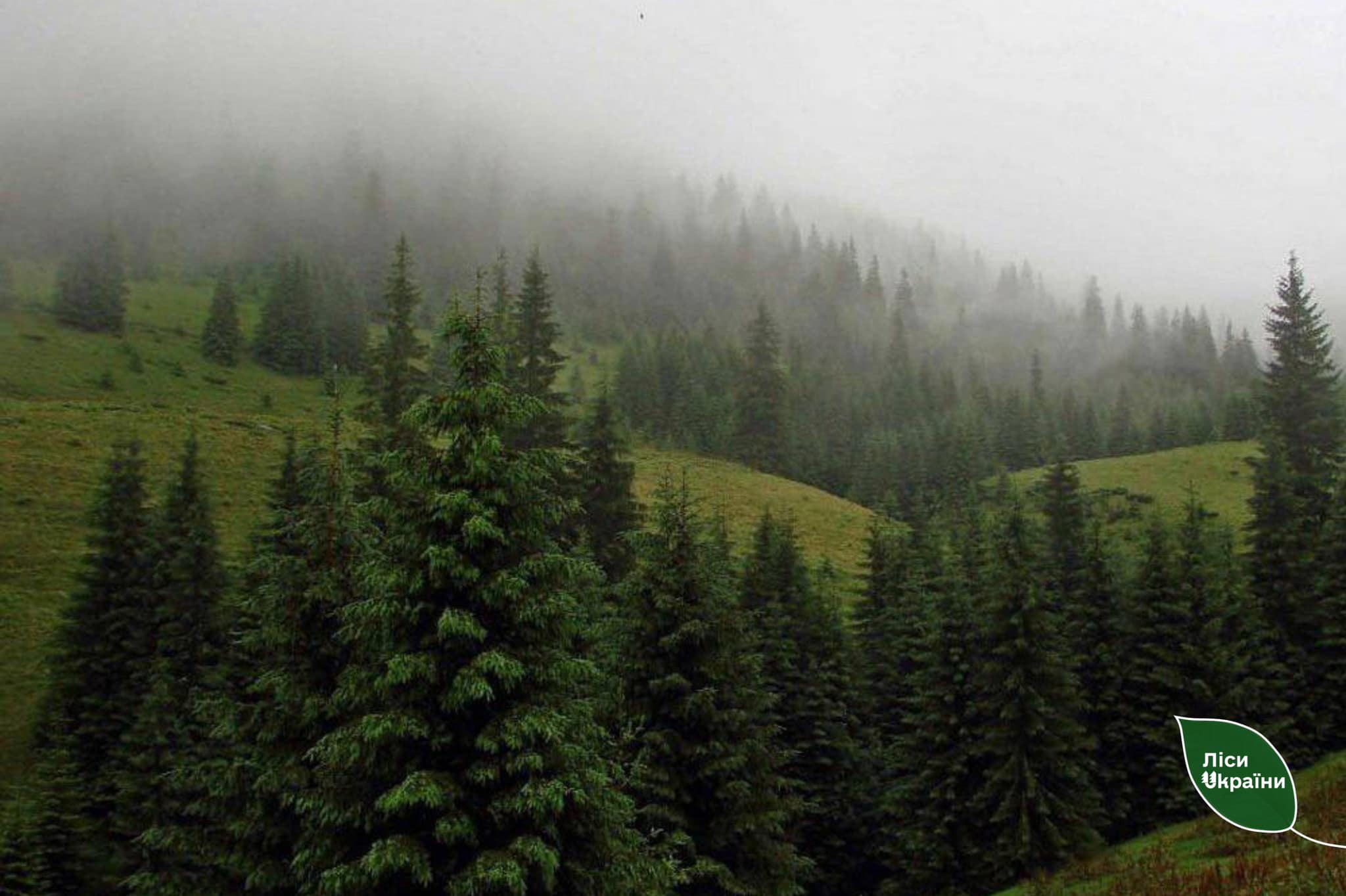
It is noted that one of the causes of mass drying is the age of the trees. After all, the majority of shrinking spruce forests have an age of 80 to 210 years. That is, the biological age of extinction has come for them.
The report added that weakened trees become more vulnerable to disease. So spruces suffer from the bark beetle of the typographer, which parasitizes under the bark, as well as the fungus root sponge. This fungus damages the root system and even trunks with rot.
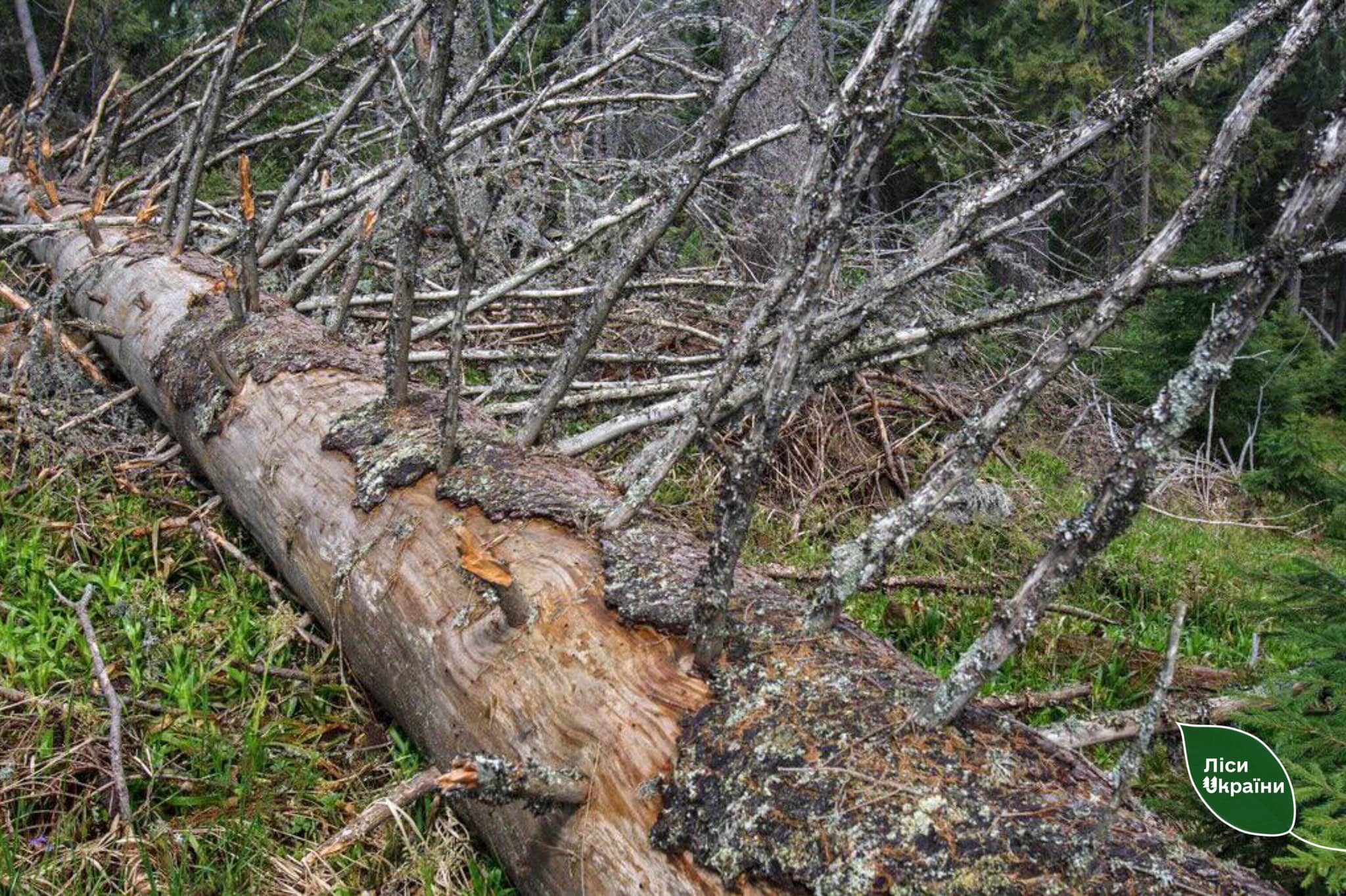
“In recent years, excessive droughts in summer weaken the trees, and the long rains that come to replace waterlog the surface layer of the soil in which the spruce trees are rooted. Then the first strong wind for the spruce forests becomes destructive. They just turn them up,” the foresters emphasized.
They noted that in order to save forests in places of natural renewal, deciduous trees, namely beech or sycamore, are planted. These plants have a tap root system that allows them to intertwine with other trees to "keep" the spruces in the hills and make the forest more "strong".
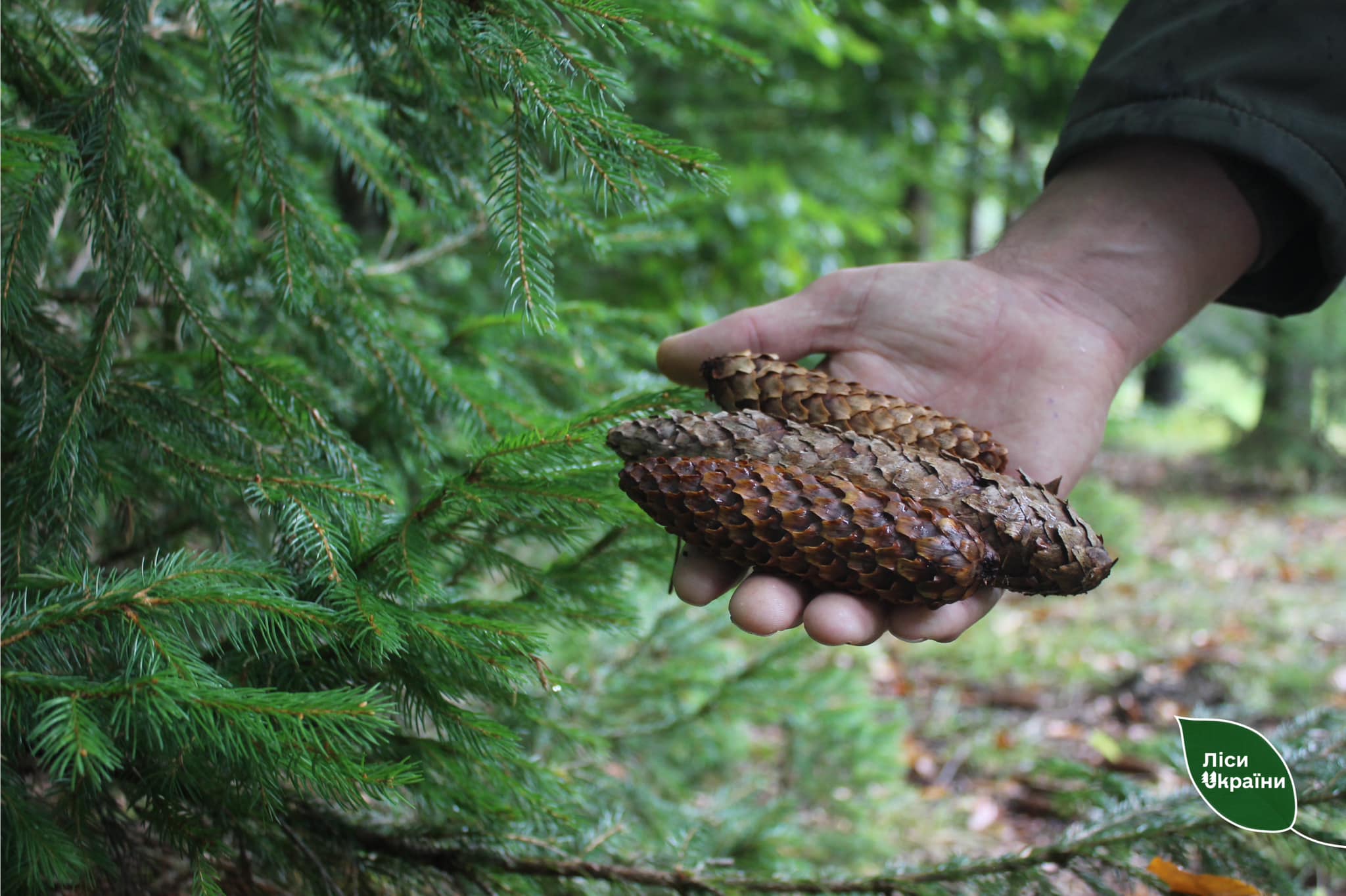
"In the future, the spruce forests of the Carpathians will look exactly like this: spruce forests will prevail, but "diluted" with beeches and sycamores," the message added.
As EcoPolitic reported earlier, one of the problems of forests is the artificiality of plantings, because forests planted by man mainly consist of trees of a particular species and similar age. Therefore, they become susceptible to diseases, pests and can "shrink en masse."


